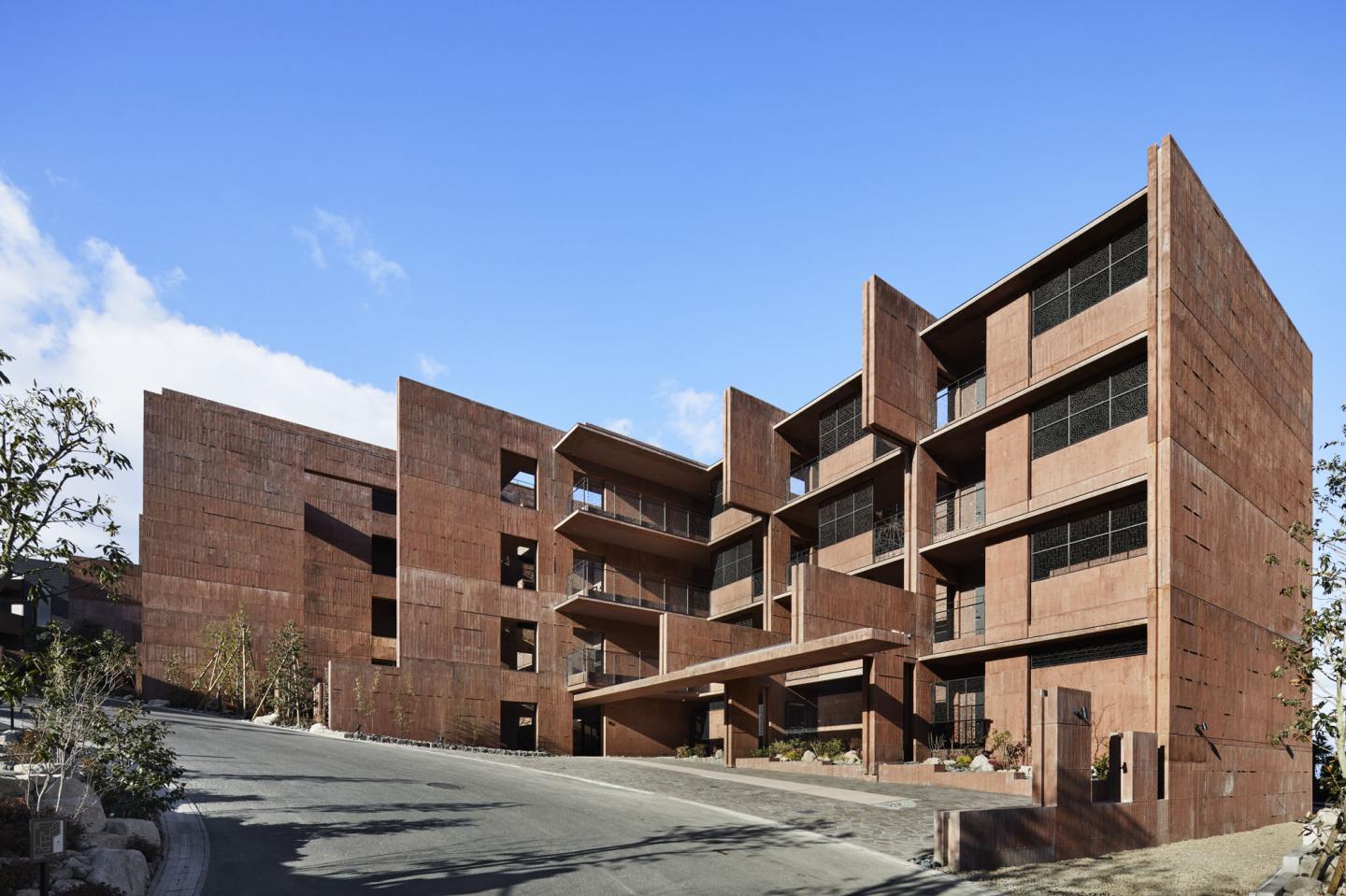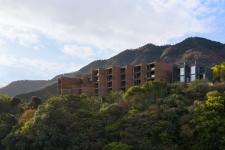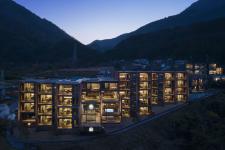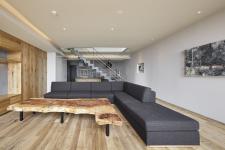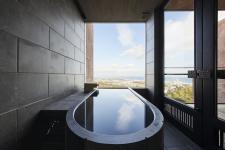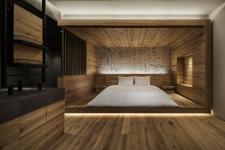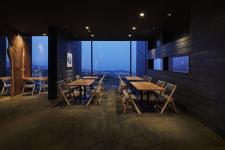This is a hotel in Beppu, Japan. The owner is a traditional inn company founded in this city in 1900. It stands on a cliff overlooking the hot spring steam cityscape and Beppu Bay. All guest rooms have free-flowing hot spring bath. We designed it for those who want the emergence of a new culture connecting to local history, culture and nature. Its greatest feature is "site-specific" architecture and spaces. Those promote people to interact, and the hotel acts as a new community base.
Nowadays, we can get almost the same comfort anywhere in the globalized world, while the space of hotels has become stereotyped and "homogenization" is progressing in local cities. In many places, the uniqueness of region is weakening and the value of travel is diminishing. We wanted to change this situation through realizing this hotel.
Beppu's most valuable resource is hot spring, and its origins can be traced back to the orogeny. We wanted to realize a new characteristic architecture of the region by starting to think about the design from the unique terrain of this area that was born in the geological time. Assuming walls carved from the ground of a fault scarp, holes were made in the flocking walls like digging a cave to create space where one space and another space or the inside and the outside are connected.
This hotel has 33 general guest rooms, 2 duplex suites, a lobby, a cafe & bar, a multipurpose studio and terrace spaces. They are connected by semi-outdoor "alley space" where the vertical and holizontal axes intersect intricately. In walking around, you will be connect to the framed landscape through holes in the walls and feel the lights and sounds that permeate. It is a spatial experience reminiscent of geological time, and it overlaps with an experience of walking around the alleys of old downtown of Beppu.
The flocking walls were made by placing concrete toned with iron oxide in a special formwork made of locally produced cedar woods. The color tone was adjusted by referring to the strata and stones of the land. Phenomena such as efflorescence, unevenness, and chipping of joints was positively accepted as the expression. Materials such as woods and plasterer were chosen from as near as possible area. The metal was finished by reacting with the hot spring. By devising how to make architecture and selecting materials, we tried to create value that could not be experienced without going there.
2018
2020
Title: GALLERIA MIDOBARU
Architects: DABURA.m Inc.
Purpose: Hotels
Auxiliary facilities: Restraint "THE PEAK", Cafe and Bar "HOT SPRING BAR", Multipurpose Studio
Address: 6 Horita, Beppu City, Oita, Japan
Guest Rooms: 35 rooms
Twin: 12 rooms (47.43m2+ Terrace 10.26m2)
Deluxe Twin: 16 rooms (47.43m2+ Terrace 10.26m2)
GALLERIA King: 5 rooms (47.43m2+ Terrace 10.26m2)
Two Bed Room Suite: 2 rooms (116.88m2+ Terrace 29.55m2, Duplex Type)
Site area: 4856.94m2
Total floor area: 2991.02m2
Completion date: 2020. Dec. 9
Client : Sekiya Resort Group
Lead Architect : Takafumi Mitsuura
Art Curation : BEPPU PROJECT
Sign Design and Public Furniture : GRAF
Concept : Site-specific hotel that enhances experience value
Artists : Mika Aoki, Inne Izumi, Shinji Ohmaki, Olectronica, Masamitsu Katsu, Toshie Kusamoto, Michihiro Shimabuku, Hiraku Suzuki, Akiko Nakayama, Sohei Nishino, Nerhol, [目]Mé
Photographs: Nacása & Partners Inc.
